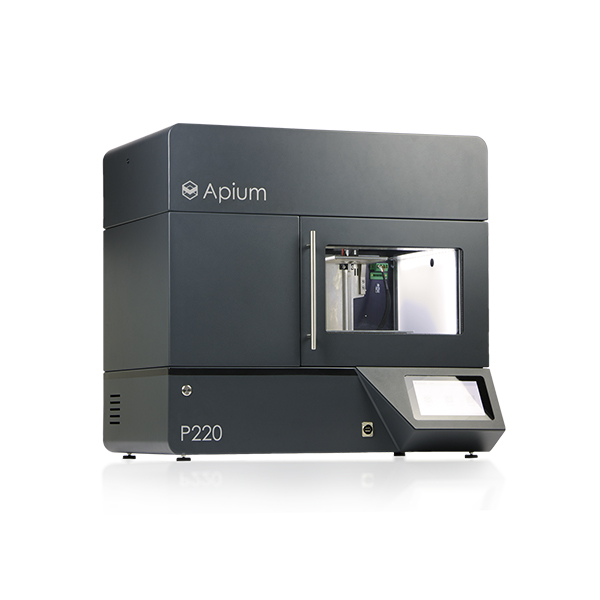The speed, innovation and ease of operation of additive manufacturing make it one of the preferred solutions for manufacturing industrial products and devices. 3D printing technology has helped many manufacturing companies to increase productivity. shortening lead times for manufacturing prototypes of various devices or parts and the tools needed to develop them. Not only does it help them reduce production costs and shorten time to market. And compared to subtractive manufacturing techniques such as milling, 3D printing allows manufacturers to create complex shapes with less material.

Advantages of 3D printed industrial products
Prototyping
Traditional prototyping techniques, such as CNC machining, require expensive machines and high labor costs because they require specialized technicians and operators to operate them. 3D printing processes require only one or two machines and fewer technicians to produce a part. In addition, no additional tooling is required; thus reducing material waste.
Flexible design
3D printing enables manufacturers and engineers to create more detailed and complex designs than traditional manufacturing methods. 3D printing enables users to edit designs in any way they like, allowing them to make unique and customized new parts.
On-demand production
Unlike traditional production methods, it does not require more space to store inventory. This is because batch printing is not required unless it is needed; therefore, saving cost and space.
Apium P220 is a high-temperature 3D printer for printing high-performance polymers. For PEEK, PEI ULTEM™ and other high-performance materials, the P220 provides better adaptive heating management of temperature during printing.
3D printing in industry
1、Workwear
One of the main applications of 3D printing in industry is tooling, which involves printing lightweight and durable jigs, fixtures, and gauges.
2、End-use parts
Many industries, such as automotive and aerospace, have begun using additive manufacturing in their operations due to reduced lead times and low prototyping costs.
3、Spare parts production
Almost any part design can be stored as a digital copy on a computer hard drive, eliminating the need to maintain inventory. By using 3D printing, spare parts can be produced on demand.
Past Industrial Case Studies
3D printing has a wide range of applications in the industrial sector. 3D printing services help to minimize material waste, reduce risk and are highly sustainable. We specialize in medical and industrial digital products and services, providing standard and custom products to meet individual and customized product features upon request.






























 Home
Home Telephone
Telephone Message
Message







